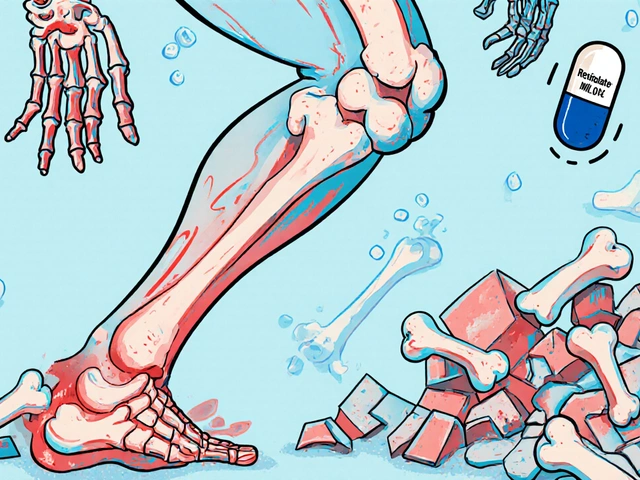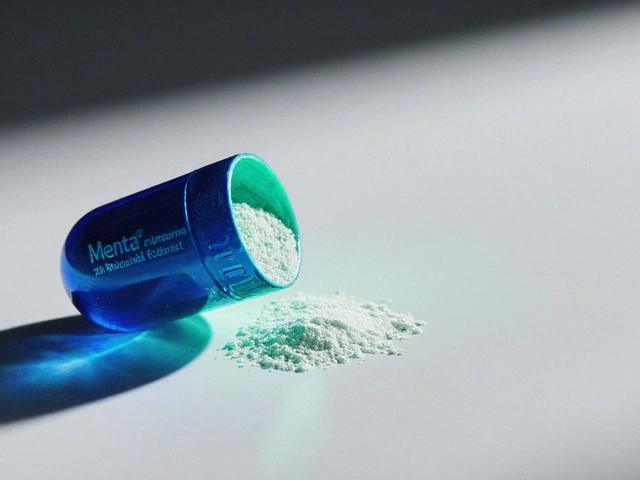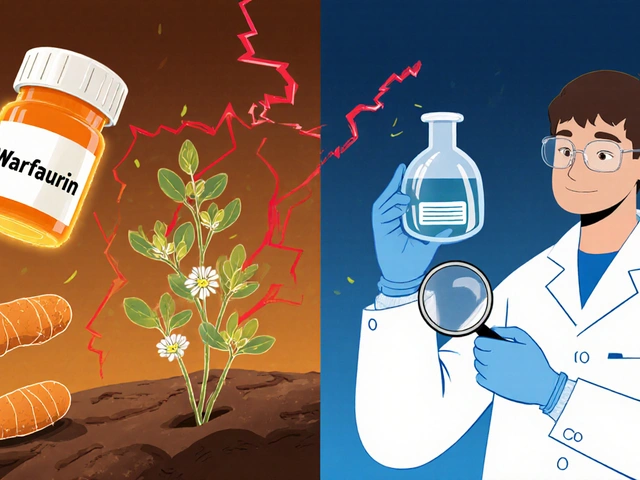Ophthacare – Simple Ways to Keep Your Eyes Healthy
If you’ve ever felt a weird pressure behind your eyes or wondered why a medication can make your lashes grow, you’re not alone. Eye problems can sneak up fast, but the good news is you can spot the signs early and act before they turn serious. In this guide we’ll break down the most common issues that show up under the Ophthacare tag – high eye pressure, uveitis, glaucoma, and even eye‑care products like Bimat. You’ll walk away with clear steps you can take today.
What Triggers High Eye Pressure and How to Spot It
High eye pressure, also called ocular hypertension, often has no symptoms until the damage is done. The biggest red flag is a sudden spike in pressure after an eye inflammation like uveitis. You might notice blurry vision, halos around lights, or a throbbing headache. If any of these pop up, call your eye doctor right away. Regular check‑ups are the cheapest way to catch pressure changes early – a quick tonometry test takes less than five minutes.
Common culprits that raise pressure include steroid eye drops and some systemic medications. If you’re using steroids for an eye condition, ask your doctor how long you should stay on them and whether a lower dose could work. Lifestyle tweaks help too: stay hydrated, keep a healthy weight, and avoid excessive caffeine, which can temporarily bump up pressure.
Uveitis: Why Inflammation Can Lead to Glaucoma
Uveitis is inflammation inside the eye that can cause pain, redness, and light sensitivity. When the inflamed tissue releases chemicals, the eye’s drainage system may clog, leading to pressure spikes and eventually glaucoma. The key is to treat uveitis promptly. Your eye doctor may prescribe steroid drops, but they’ll also monitor your pressure closely.
To protect yourself, track any changes in vision and keep a symptom diary. Note when you notice blurred spots, floaters, or new pain. Share this list with your doctor. It speeds up diagnosis and lets the doctor adjust treatment before pressure climbs.
If you’re looking for over‑the‑counter help, there are a few safe options: artificial tears can soothe irritation, and omega‑3 supplements may reduce inflammation. Always double‑check with your clinician before adding anything new.
Bimat and Other Eye‑Care Products: What You Need to Know
Bimat (bimatoprost) is a prescription eye drop that treats glaucoma by improving fluid outflow, and it’s famous for making lashes look longer. While it works well for many, it can cause side effects like darkening of the iris, eye irritation, or increased pressure if misused.
Before you start Bimat, get a thorough eye exam. The doctor will measure your baseline pressure and check iris color. Use the drop exactly as directed – usually one drop in the affected eye at night. If you notice redness, itching, or a sudden change in vision, stop using it and call your doctor.
Other eye‑care products, such as over‑the‑counter lubricants, are generally safe but won’t treat pressure issues. They’re great for dry‑eye symptoms that often accompany inflammation.
Bottom line: regular eye exams, quick response to symptoms, and careful use of prescription drops keep your vision sharp. Keep a list of any eye drops you use, note the dosage, and never share medication with anyone else.
Stay proactive, track changes, and talk openly with your eye care professional. With these simple steps, Ophthacare becomes a habit, not a hassle, and you’ll protect your sight for years to come.
What Is Ophthacare? Complete Guide to This Eye‑Health Supplement
Discover what Ophthacare is, its key ingredients, who should use it, dosage tips, and answers to common questions about this eye‑health supplement.
View More




